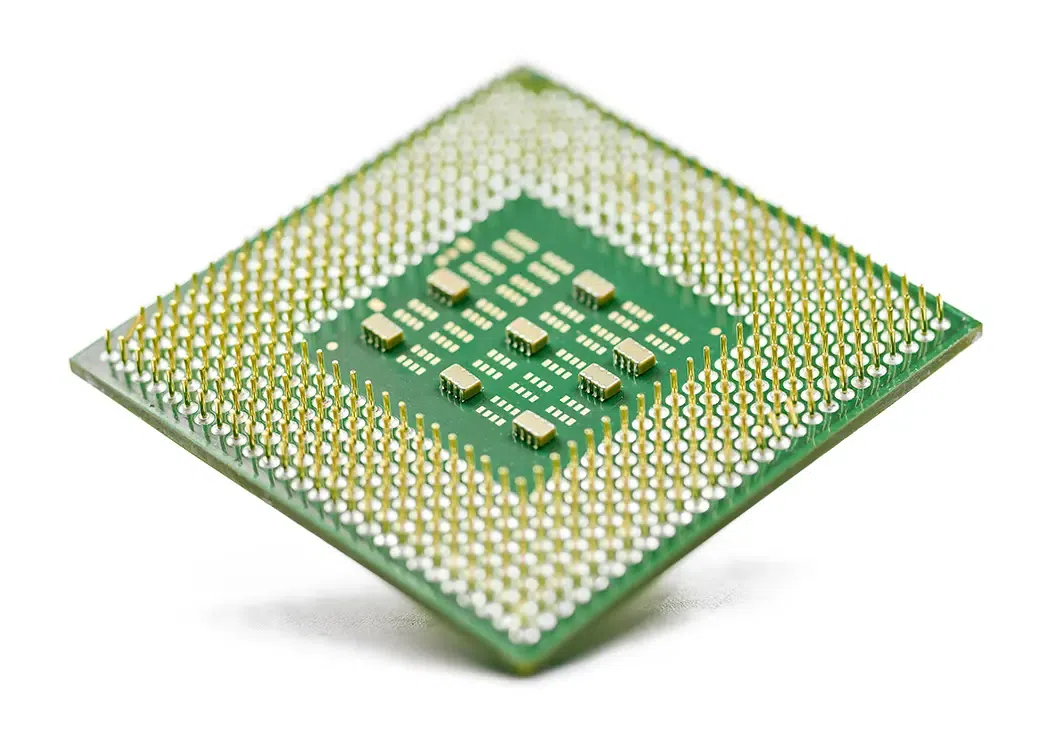Dc charging pile power switch chip overvoltage protection module OVP...
The component of the electricity meter
The electricity meter in the communication billing module of a DC charging pile is a key component responsible for measuring electrical energy and billing. Here are the detailed components of the electricity meter:
Main component
The core function of the electricity meter is to measure electrical energy consumption, which requires an accurate measurement and calculation unit. This unit can measure parameters such as voltage, current, and power, and calculate the consumed electrical energy to ensure the accuracy of billing.
The electricity meter typically has various communication interfaces, such as RS485 and Ethernet for wired communication, as well as Wifi, LoRa, NB-IoT, 4G, and other wireless communication methods. These interfaces enable the electricity meter to exchange data with other systems such as concentrators, Battery Management Systems (BMS), and charging management service platforms.
The electricity meter requires an internal data processing module to handle the collected electrical energy data and store it in internal memory. This data includes not only real-time electrical energy consumption but also historical data for billing and analysis.
The electricity meter may be equipped with an LCD display to show electrical energy readings, status information, and possible error codes. This provides a direct way for users to interact with the electricity meter, such as viewing current electrical energy consumption or diagnosing problems.
The design of the electricity meter also includes safety and protection measures, such as overload protection and short-circuit protection, to ensure that the circuit is not damaged in abnormal situations and to prevent illegal use of electrical energy.
The electricity meter needs to support specific communication protocols, such as DL/T645, Modbus, etc., to achieve compatible communication with other systems. These protocols define the data format, communication method, command set, and other content for the collection, transmission, and management of electricity meter data.
The electricity meter may include a real-time clock module to record the specific time of electrical energy consumption, which is very important for time-of-use billing.
The electricity meter requires a stable power supply to maintain its operation, so there is a power management module to ensure that the electricity meter can operate stably under various conditions.
These components work together to ensure the functionality of the electricity meter in the communication billing module of the DC charging pile, including accurate measurement of electrical energy consumption, real-time monitoring, and data communication. Through these components, the electricity meter can provide the necessary billing data for the charging pile, supporting its operation and management.

DC CHARGING PIlE SERIES
DC charging pile is an efficient charging facility for electric vehicles, which uses direct current (DC) to directly charge the vehicle battery, significantly reducing the charging time. Compared with traditional AC charging piles, DC charging piles are able to provide higher power output and can usually charge an EV to 80% of its capacity in 30 minutes, providing users with a convenient charging experience.
Extended reading
Main Chip (Baseband Chip) of DC charging pile wireless module
Main Chip (Baseband Chip) of DC charging pile wireless module...
Dc charging pile power management chip battery protection circuit
Dc charging pile power management chip battery protection circuit The...
Contact Material of DC charging pile
Dc charging pile Contact Spring Main component Concept: The Contact...
What is the composition of the shell of the DC charging pile?
What is the composition of the shell of the DC...
The component of the card reader in the communication billing module
The component of the card reader The card reader plays...
THE ESSC Brand promise
Global supply
Our products sell well all over the world, covering many countries and regions, through the global logistics network, to provide customers with convenient purchasing experience.
Rigorous quality
We adhere to the highest quality control standards to ensure every product meets industry regulations and customer expectations, earning trust through consistent excellence.
Excellent service
With a customer-centric approach, we provide prompt responses, professional support, and personalized services, aiming to deliver the best user experience and long-term value.





